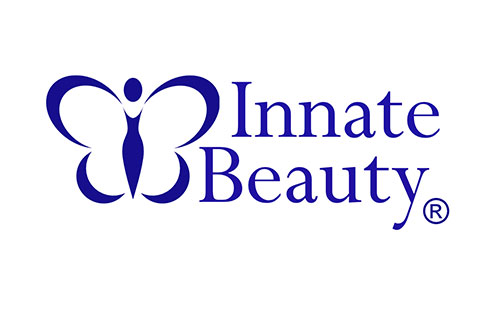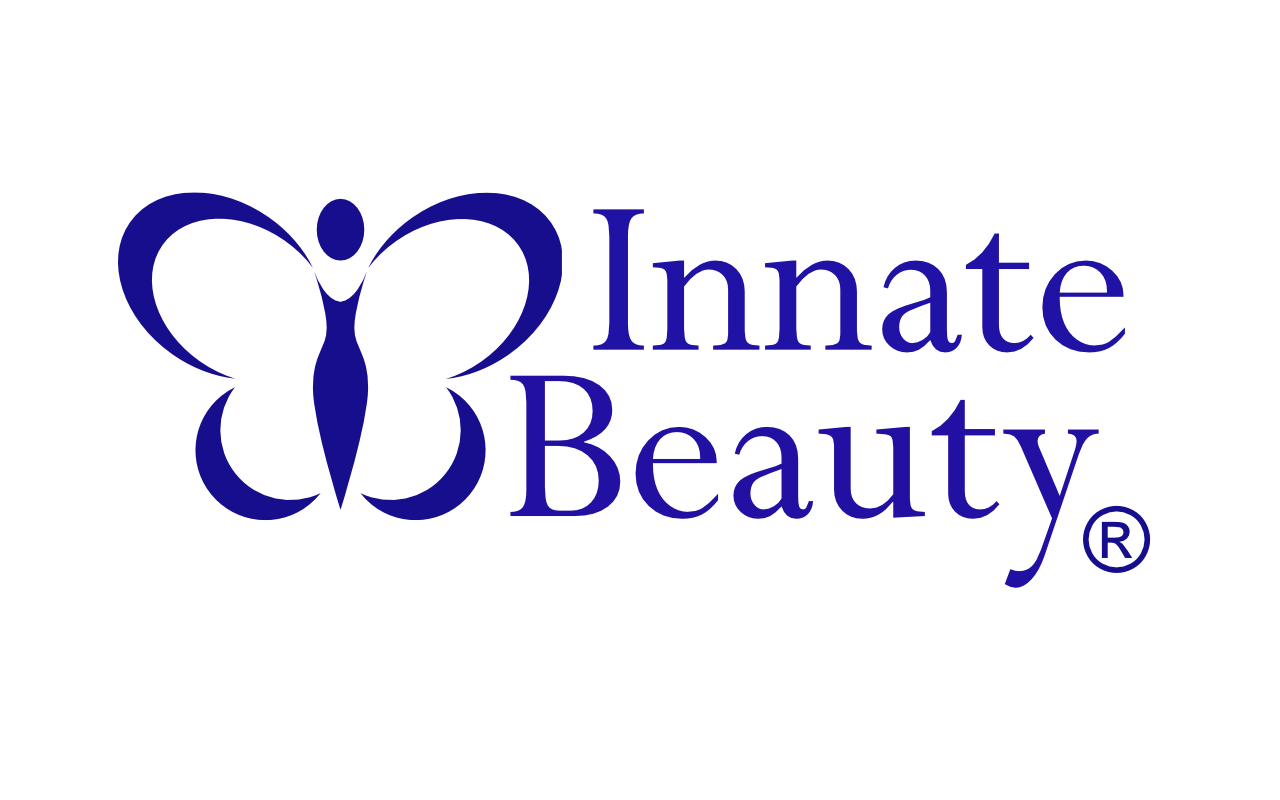IPL vs Lasers Skin Rejuvenation
IPL’s vs lasers:
All IPL’s are basically light bulbs hooked up to a computer that tells it how often and how fast to pulse the light. There are different terms, such as Broadband Light, Variable Pulsed Light, and Intense Pulsed Light. They all refer to the same thing, and the terms are basically a sales gimmick that many companies use to differentiate themselves in the market. Different filters are attached to this light bulb to narrow the wavelength of light to treat certain conditions. Although this narrowed width of light will treat that specific target, it may also overlap some to treat other conditions. However, the filter used for telangiectasias (spider veins) narrows the spectrum down to a different band of light that is used for lentigos (brown spots) or hair. So this means a different filter needs to be changed out for those specific treatments, which means a different treatment, more time, and more cost (because they will charge for a different treatment).
There is usually a different filter (and, hence, wavelength) to address collagen (also known as Skin Tightening) that could also be applied to the skin to help the collagen develop. This filter works best on sagging areas such as the double chin or jowls and basically aligns the collagen so everything tightens up. The Cutera Titan has the name-recognition for this, but many companies have this filter available for their IPL’s. You will need multiple treatments to address pigments at different depths. If the IPL is not powerful enough, or if the settings were not properly chosen, you will not notice a significant change, even after several treatments.
There are basically two types of light-based treatments available for a variety of skin concerns: the laser, and the IPL (intense pulsed light). Many people interchange the two, but they are quite different. The basic effect of light affecting a target, destroying it, and the body removing it, still lies true for both types of light-based devices.
Light comes in different wavelengths, some of which cannot be seen by the human eye. You may have seen sunlight broken down into different colors with a prism (or water, as in a rainbow); these colors represent different wavelength of light. There are also infrared light and ultraviolet light, and a myriad of other wavelengths that we cannot see that are used in lasers and IPL’s. The lasers or filters in IPL’s utilize these wavelengths of light to go after different targets that are responsive to them.
Different targets (referred to as chromophores) respond to different wavelengths of light. The targets that we want to destroy include hemoglobin in blood vessels; pigment in brown spots, hair or tattoos; propiones acnes bacteria and sebaceous glands in acne; water; or collagen. Destruction or modification of these targets depends on many factors, including their size, depth, and other targets that may compete with them in the vicinity. The more specific the wavelength, the better it will hone in on that target and ignore other things in its way. Targets that have basically no pigment (like gray or blond hair) have nothing to go after, so hair removal of this color hair is virtually impossible at this time.
Light affects the target by being absorbed by the target and destroying it. Then the body goes in and removes it. Darker or larger objects absorb heat better, and are destroyed more readily. Think of walking out in the sun in a black T-shirt versus a white T-shirt; you’ll get hotter faster and stay hotter longer with the black T-shirt. This is how the skin and other surrounding tissues are spared when the light is used.
Lasers are a single color and a single wavelength (think of laser pointers). They go after one target that responds to that wavelength. So a laser that removes hair won’t necessarily work as well for vein removal, because the pigments respond to different wavelengths. Lasers are more focused and tend to ignore other tissues that don’t respond to that wavelength, somewhat like a heat-seeking missile. Depending on the wavelength, lasers are safe in most skin types. Lasers that target water (erbium, CO2) are resurfacing lasers, and they ablate / vaporize the water under the surface of the skin, thereby removing the skin above that layer. This will remove not only wrinkles but also superficial pigment in the skin that is vaporized.
Intense pulsed light is a light bulb connected to a computer that tells it how often and how long to flash to destroy the target. A filter is applied to the bulb to focus the light to a specific wavelength to go after a specific target. The filters, however, have a broader span of wavelengths, instead of a single wavelength as in a laser. So, if there is surrounding tissue that is similar enough to the target, there is a risk the light will go after that as well or instead of the intended target. Intense pulsed light is best on what I call “Snow Whites,” meaning fair-skinned people with dark hair (in the case of hair removal). For example, if you recently got a tan on your hands before you went in for this treatment (i.e., if you’re not religious about applying SPF everyday before you drive), then had the IPL try to treat the brown spots, it could have gone after the melanin instead of the brown spots. The clinician should determine your Fitzpatrick score (how you respond to sun) to see what treatment and settings to perform on you. IPL’s generally are safe to use up to Fitzpatrick scores of 4 (as dark as Asian or Middle-Eastern people).


